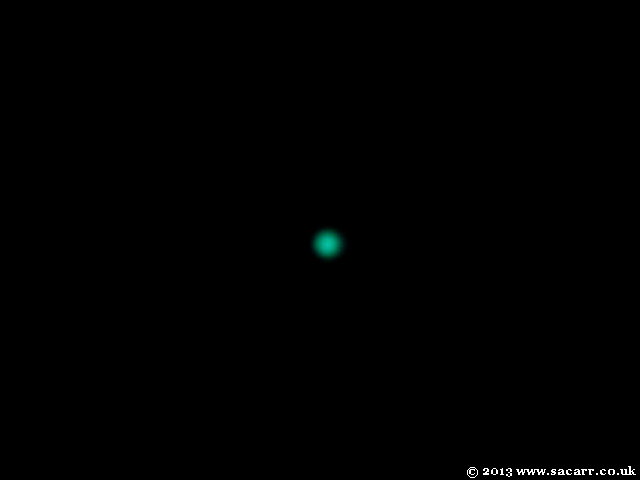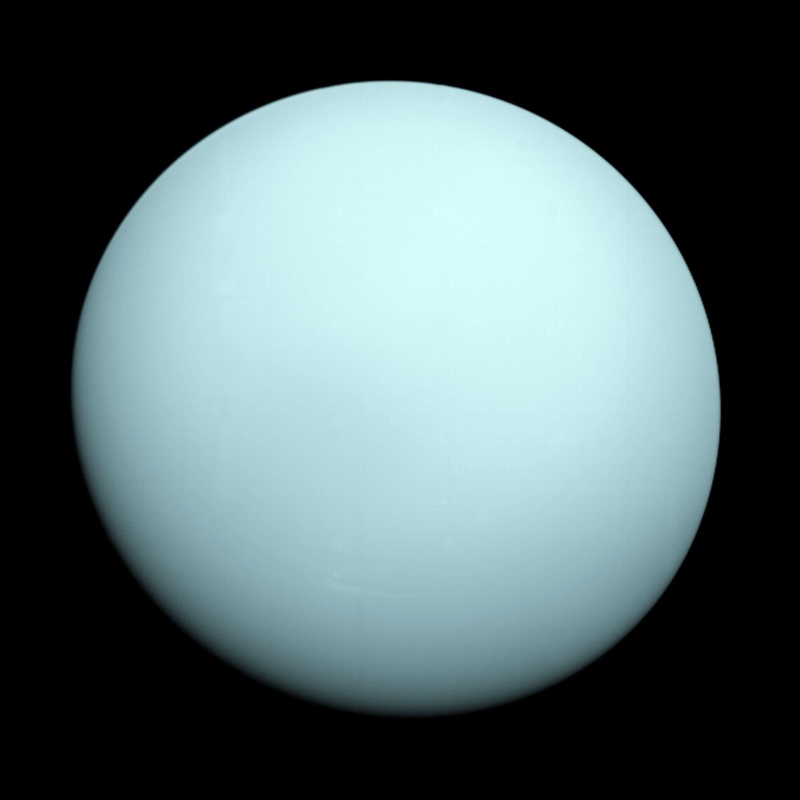|
Took a short break from my studies, but will return to writing "Manifest Destiny" shortly. In the meantime, I bring you the story of Uranus: In 1781, a man named Sir William Hershel peeked into the back end of his telescope and observed a particular star named "34 Tauri". This star had been observed since antiquity, but for some reason when Hershel observed it, it wasn't at its recorded position... it moved. He was tickled by this and concluded that 34 Tauri was actually a comet, not a star. After more observations, however, he realized that there was a gaping... wide problem: it was much bigger and gassier as a whole. After calculating that it rotated around the Sun in an almost perfect circle, he and the rest of the world realized that 34 Tauri was actually not a star or a comet, but a planet that was beyond Saturn. This discovery made his King very happy. King George III was the same King who tried to clench tightly to the American Colonies in the late 1770s, but was forced to release 13 of them after years of buildup and discomfort. King George decided to loosen up and pay Hershel some booty for his discovery. When people probed Hershel on what he was going to name this planet, he decided to be a kiss ass and named it "Georgium Sidus", or George's Star. Though the King felt cheeky about this, outside of Britain, people plugged up at the name, and Hershel became the butt end of ridicule. People soon began to push hard for alternative names. Soon a few of them began to poke out, such as the name "Hershel" after it's discoverer; "Neptune" after the Greek God of the sea, and in honor of the British Naval fleet; or "Ouranos", God of the sky after the father of the Greek God Saturn. People were wide open to the idea of the sky god, so to back the idea up, a newly discovered element was then named "Uranium". "Uranus" was finally pushed through as the official name of the planet in 1850, wiping the planet clean of all the old names that had clung on. For years since, we were only able to sneak a peek at Uranus through the eye holes of telescopes until January 24, 1986, when a tiny satellite named Voyager 2 whizzed by the planet snapping pictures on the way, exposing Uranus and its moons for all to see. In that mission, we learned that there were 15 moons clinging on to Uranus.
0 Comments
Leave a Reply. |
Archives
March 2024
|


 RSS Feed
RSS Feed